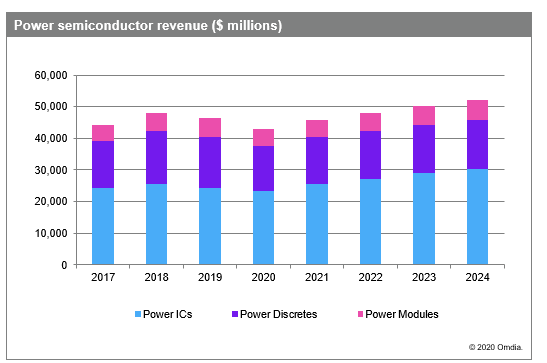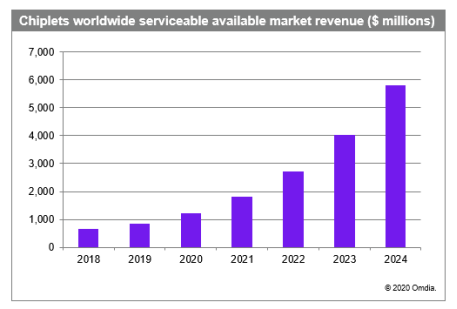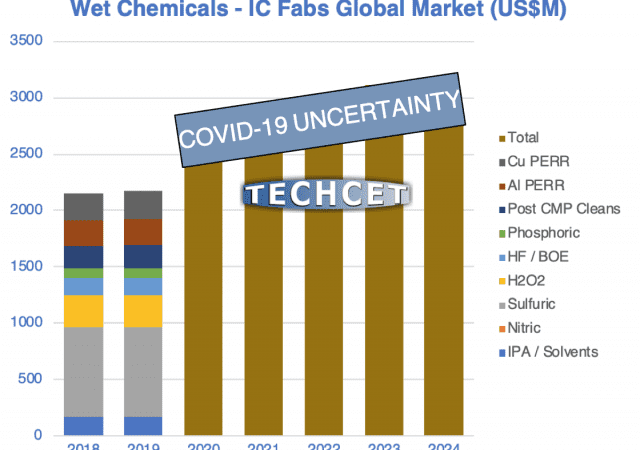Growth of high-quality substrates for microelectronic applications is one of the key elements helping drive society toward a more sustainable green economy. Today, silicon plays a central role within the semiconductor industry for microelectronic and nanoelectronic devices.
STMicroelectronics Introduces First Space-Qualified Programmable Integrated Current Limiter
STMicroelectronics has created an innovative radiation-hardened (rad-hard), programmable integrated current limiter (ICL) that prevents power surges and overloads from damaging electronic equipment operated in space.
Power Semiconductor Market Set for 6.9 Percent Decline in 2020 as Coronavirus Ravages the Smartphone and Automotive Segments
The global power semiconductor market is set for a steep decline in 2020 as demand for these components plunges from the key markets of smartphones and automotive electronics due to the coronavirus crisis.
IAR Systems Opens Office in India
IAR Systems, the future-proof supplier of software tools and services for embedded development, is today proud to announce its further expansion in Asia with the opening of an office in India.
Foldable AMOLED Display Panel Shipments Set to Surge by Factor of Five in 2020
Following the arrival of the initial wave of foldable smartphones in 2019, the global market for foldable active-matrix organic light-emitting diode (AMOLED) display panels is set for explosive growth in 2020, with shipments soaring by 455 percent this year.
ACM Research Enters Dry Processing Market with Launch of Ultra Furnace
ACM Research, Inc. (NASDAQ: ACMR), a leading supplier of wafer cleaning technologies for advanced semiconductor devices, today unveiled the Ultra Furnace, its first system developed for multiple dry processing applications.
Mike Schuh Joins D2S Board of Directors
D2S, a supplier of GPU-accelerated solutions for semiconductor manufacturing, today announced the appointment of Mike Schuh to its board of directors, effective immediately. Mike has more than 40 years of experience in the software industry, including holding senior executive management and board-level roles at several electronic design automation (EDA) and technology companies, with more than 10 years of board-level experience at Netflix.
Chiplets Promise to Help Reinstate Moore’s Law and Generate Nearly $6 Billion in Semiconductor Revenue by 2024
Moore’s Law may not be dead, but at 55 years old, it’s certainly feeling its age, with the pace of semiconductor manufacturing advancement decelerating in recent years.
CMC Workshop Flags Looming Shortages of IPA and Sulfuric
These extraordinary times of greater risks call for more information, so the Critical Materials Council (CMC) of semiconductor fabricators & suppliers is now meeting briefly several times a month to exchange pre-competitive information to mitigate potential supply- chain disruptions.
Two Steps Closer to Flexible, Powerful, Fast Bioelectronic Devices
Columbia researchers design biocompatible ion-driven soft transistors that can perform real-time neurologically relevant computation and a mixed-conducting particulate composite that allows creation of electronic components out of a single material.


